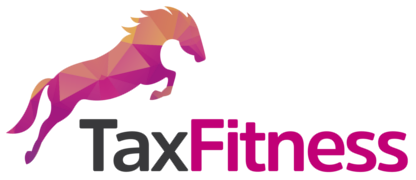The Double Irish Tax Strategy
The double Irish tax strategy has been used since the late 1980s by some multinational corporations (including Apple, Google, Microsoft and Facebook) to lower their corporate tax liability. The strategy uses payments between related entities in a corporate structure to move income from a higher-tax country to a lower or no tax jurisdiction. It relies on the fact that Irish tax law does not include transfer pricing rules as does the United States and does not tax income booked in subsidiaries of Irish companies that are outside the state.
Typically, a company arranges for the rights to exploit intellectual property outside the United States to be owned by an offshore subsidiary company (with a cost sharing agreement that complies with the American transfer pricing rules). The offshore company continues to receive all of the profits from exploitation of the rights outside American, but without paying American tax on the profits unless and until they are remitted to the USA. Apple for example, has $181 billion located in tax havens that it won’t remit to the USA as it would create a $54 billion tax bill.
It is called a double Irish because two Irish companies are used in the arrangement. One of these companies is not a tax resident of Ireland, but only a tax resident in a tax haven as that is where its central management and control is located. This company is the offshore entity which owns the valuable non US rights that are then licensed to a second Irish company (and this one is a tax resident in Ireland) in return for substantial royalties or other fees. The second Irish company receives income from the use of the asset in countries outside the United States, but its taxable profits are low because the royalties or fees paid to the first Irish company are tax-deductible expenses. The remaining profits are taxed at the Irish rate of 12.5%.
In January 2015, the Irish government announced that companies not already operating in Ireland may not pursue the “Double Irish” scheme. In addition, those companies already utilizing the double Irish tax strategy have a five-year window until 2020 to shut it down.
"You’d be stupid not to try to cut your tax bill and those that don’t are stupid in business"
- Bono: U2





